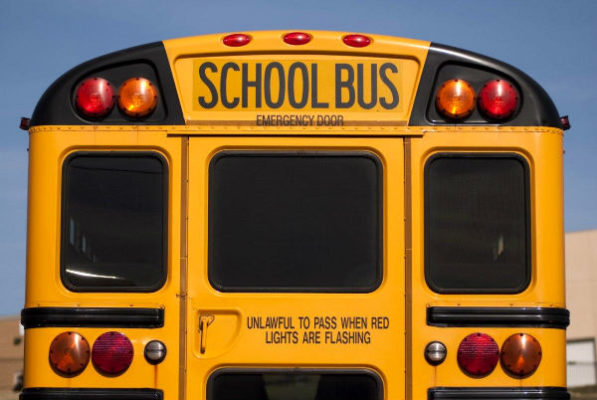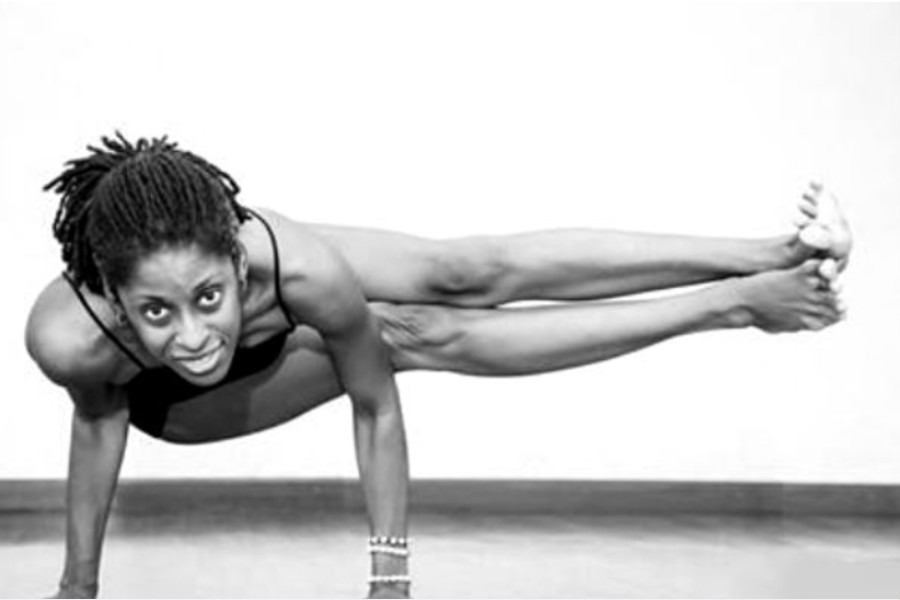 Mayor Bill de Blasio, Mayor-Elect Eric Adams, Schools Chancellor Meisha Porter, and Incoming Schools Chancellor David Banks today announced a multi-pronged approach for safety.
Mayor Bill de Blasio, Mayor-Elect Eric Adams, Schools Chancellor Meisha Porter, and Incoming Schools Chancellor David Banks today announced a multi-pronged approach for safety.
With kids returning to school in person this January following the winter break.
The Department of Education (DOE) is strongly encouraging all eligible students to get vaccinated, and all students and staff should get tested prior to the resumption of classes on January 3, 2022.
The City is adding City-run testing sites this week. The DOE will double the in-school surveillance testing program and deploy millions of at-home rapid tests to allow students to continue learning in school.
These measures are in addition to the multi-layered approach to health and safety that has kept positivity rates in schools low and has successfully limited the spread of COVID-19 in schools—making them some of the safest places for students and staff to be during the pandemic.
Families can book an appointment at any eligible site with “$100 incentive available” listed on the nyc.gov/vaccinefinder or call 877-VAX4NYC (877-829-4692) to find a participating site.
“Schools are among the safest places to be throughout the COVID-19 pandemic and we’re working closely with the incoming administration to keep it that way,” said Mayor Bill de Blasio. “By doubling COVID-19 testing in schools, getting our students vaccinated, and sending students, teachers and staff home with at-home test kits, we can keep everyone healthy and finish out this school year strong.”
“The numbers speak for themselves—your kids are safer in school,” said Mayor-Elect Eric Adams. “Thanks to testing, vaccinations, and at-home testing kits we’ll keep it that way. We’re working closely with the de Blasio Administration and we’ll be ready to bring students and staff back to the classroom on January 3rd. This is how we move our city forward.”
“The safety of our students, staff members, and communities is our top priority,” said Schools Chancellor Meisha Porter. “Thanks to our multi-layered, gold standard approach to health and safety, New York City’s schools continue to be some of the safest places to be during this pandemic. These new measures in school testing build on our high standards for safety, protects our communities, and allows for students to continue receiving an excellent education in-person.”
Returning to School Safely
All New York City students and staff members should and are encouraged to get tested prior to January 3rd, 2022.
In partnership with the Test+Trace Corps, families and DOE staff members can go to any City-run testing site to get tested or pick up readily available at-home rapid tests.
Sites with rapid tests can be found at: nyc.gov/covidtest, text “COVID TEST” to 855-48, or call 311 to find a testing site near you.
Doubling In-School Surveillance Testing
The nation’s largest in-school surveillance testing program is expanding to double the number of individuals tested in each school by including both unvaccinated students and vaccinated students, as well as staff.
The random in-school surveillance program continues to provide public health experts with an accurate look at the prevalence of COVID-19 in schools.
All families, regardless of whether their young person is vaccinated, should consent to in-school testing at https://www.schoolsaccount.nyc/ or return a signed consent form to their school.
As part of the return to school, school leaders will continue messaging the importance of providing consent as a critical part of keeping schools open and communities safe during the winter months.
Keeping Staff Safe
New State policy, which aligns with new CDC guidance and was co-written with the City’s Department of Health and Mental Hygiene, shortens the isolation period for fully-vaccinated critical workers (including school personnel) who test positive, but are asymptomatic, to five days.
Staff can return on the sixth day as long as they remain asymptomatic, have not had a fever in 72 hours, and wear an appropriate high-quality mask (such as a KN95, which will be provided to staff).
Staff will continue to have access to at-home rapid tests as well as in-school testing.
Immediately Identify & Respond to Positive Cases to Stay Open
Every student and adult in a classroom with a positive case will immediately receive an at-home rapid test kit and will need to take two tests in five days.
Students who are asymptomatic do not need to quarantine and can continue attending school. This policy is more expansive than the CDC’s quarantine policy, which applies to only close contacts.
The DOE is sourcing approximately two and a half million at-home rapid test kits, in addition to the one million test kits provided by the Governor, to have on hand before the start of school.
Additionally, in anticipation of a winter increase in cases, the Situation Room has doubled its staffing levels from 275 to over 500.
Additionally, in anticipation of a winter increase in cases, the Situation Room has doubled its staffing levels from 275 to over 500.
All positive cases, including from rapid tests, will be reported directly to the Situation Room via phone or email, and the Situation Room will provide schools with support, communications to families, and monitoring for instances of widespread in-school transmission that would result in a school closure.
Continuation of Gold Standard Health & Safety Protocols
The DOE closely adheres to CDC guidance: making vaccination easily accessible and available for all, a vaccine mandate for all in-school staff members, universal indoor masking, physical distancing, routine screening testing, fully functioning ventilation systems backed up by two air purifiers in every classroom, and oversight by the Situation Room.
For the 2021-22 school year, to determine the effectiveness of COVID-19 prevention practices in New York City public schools, public health experts assessed how many students, teachers, or staff members of a New York City public school developed COVID-19 after being exposed in school, an epidemiologic measure called “secondary attack rate.” They found that only 1 in 120 contacts developed COVID-19 or a secondary attack rate of 0.83%.
This is far below the secondary attack rate that would be expected in a household where 1 in every 7 close contacts become infected, or a secondary attack rate of 15%.
This is far below the secondary attack rate that would be expected in a household where 1 in every 7 close contacts become infected, or a secondary attack rate of 15%.
Additionally, it is comparable to the secondary attack rate during 2020-21 school year when only 40 percent of students were learning in-person, indicating that prevention measures continued to be highly effective at reducing in-school COVID-19 transmission from October – November 2021.
Become a Harlem Insider!
By submitting this form, you are consenting to receive marketing emails from: . You can revoke your consent to receive emails at any time by using the SafeUnsubscribe® link, found at the bottom of every email. Emails are serviced by Constant Contact








